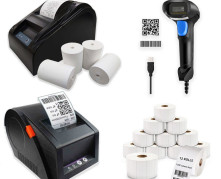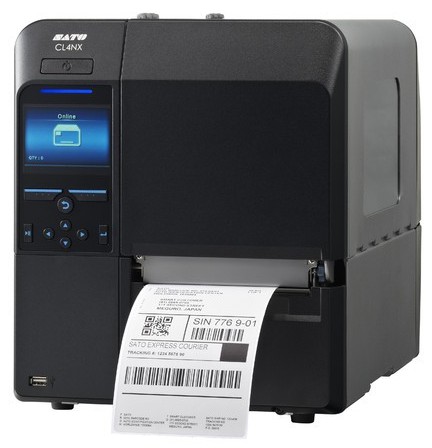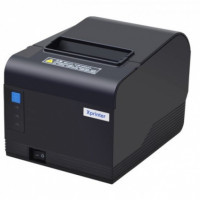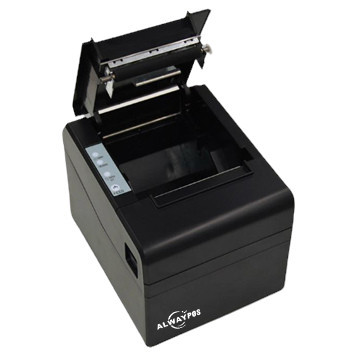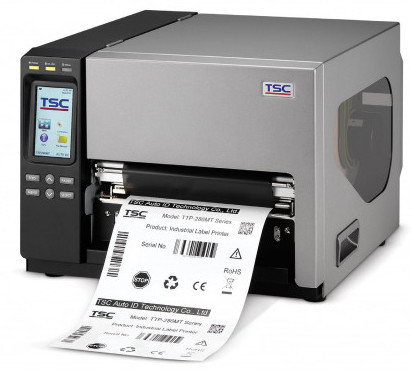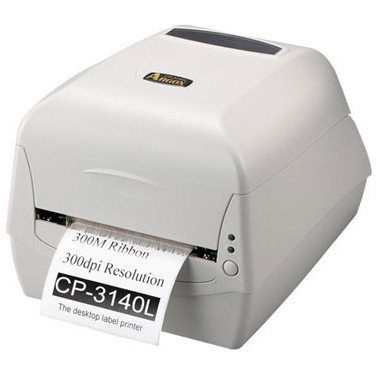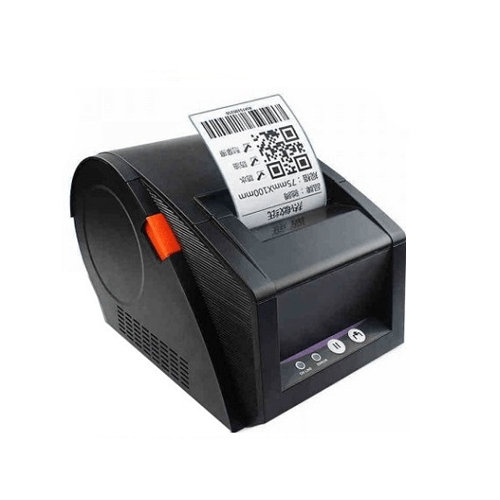Adjustable transmissive sensor for gap, maximum 14 IPS print speed, 3.5-inch color display, 104 mm width printing, direct thermal and transfer thermal print technology, minimum 22 mm or 60 media width, maximum 128 mm or 118 mm media width.
OVERVIEW
The CL4NX Plus Printer offers a vast array of standard features that are unequaled by its competition.
SATO's CL4NX Plus Printer sets a new and innovative industry standard for ease of use, intelligence, on-board industry emulations, connectivity, speed of processing data streams, user activity interface, and so much more.
Ease of Use
Built with integrity, designed with the operator and productivity in mind, CL4NX Plus is the next evolution in this product series and will surpass your expectations of today’s printing technology. With the support of up to 10-inch (254mm) OD of media and 1968-foot (600m) ribbon and incorporating Smart Print head technology to keep track of usage specific to the print head installed. The platen roller with the Pure Line indicator provides a visual wear indicator so users can be proactive when it is necessary to change this critical component. Speaking of those consumable components, the CL4NX Plus is still one of the easiest industrial tabletop printer models to replace the print head and platen roller with no tools required.
Micro Label Print Mode
The Micro Label Print Mode provides higher print accuracy for small pitch labels and can even dispense labels as small as 10mm. Using SATO Application Enabled Printing (AEP), you can create custom standalone applications that can be run directly on the printer independent of host software and connect peripheral devices directly to the printer such as keyboards, weigh scales, barcode scanner for data input.
RFID
Businesses can save labor, speed up their operations and enjoy many advantages from using the CLNX Plus RFID Series of printers. These RFID Series of printers can print text and barcodes on UHF, HF and NFC tags/labels and encode data in their embedded chips at the same time. In addition to being equipped with on-screen menus that save users the trouble of adjusting antenna position manually, the printer is capable of checking RFID chips prior to encoding to verify their readiness to use and prevent failures. Registering commonly used settings, can save up to 10 write/read tags/labels types. The user can now select and load these store settings to encode multiple media with the same printer. Having compatibility with specialty RFID labels/tags supports the encoding of various RFID labels/tags including tags used with metals.







